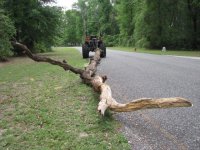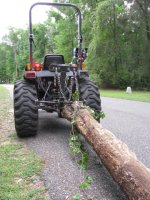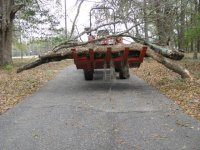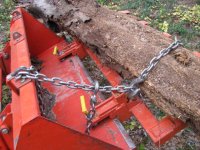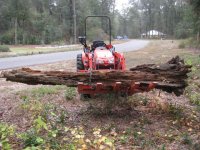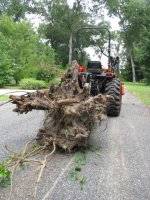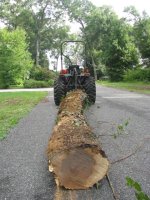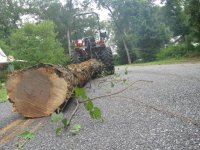Many contributors believe an HST transmission to be MORE reliable than a gear transmission.
Most problems with a gear transmission are with the clutch, which has been eliminated on every new tractor HST transmission that I know of.
Hydrostatic Transmission (HST):
Hydrostatic transmissions transmit power with hydraulics i.e. with the power of oil. One half of the transmission is a variable displacement pump and the other half is a hydraulic motor. A movable swash plate controls the piston stroke to change the pump's displacement. A hydrostatic transmission works as being a variable-displacement hydraulic pump, driving a fixed-displacement hydraulic motor.
The greatest advantages of a hydrostatic transmission are max torque at zero speed (i.e. overcoming load inertia) and ability to easily reverse directions.
Another advantage is reliability. This transmission is self-protecting from operator abuse. Also, on foot pedal controlled transmissions, there is a built in safety factor in that you need only lift your foot from the pedal, to bring the tractor to a controlled stop.
Their disadvantages are slightly higher cost and a slight loss of power at the PTO shaft. You must apply the parking brake should you park the tractor on a slope.
Hydrostatic is, by far, the best choice for loader work, mowing applications and for tasks that require speed and direction reversals within a small area.
Photos are of my former Kubota B3300SU / HST, just about equivalent to JD3038E. Buy more tractor weight if you can afford to. My heavier Kubota
L3560 / HST is more capable in every respect than the B3300SU / HST.
